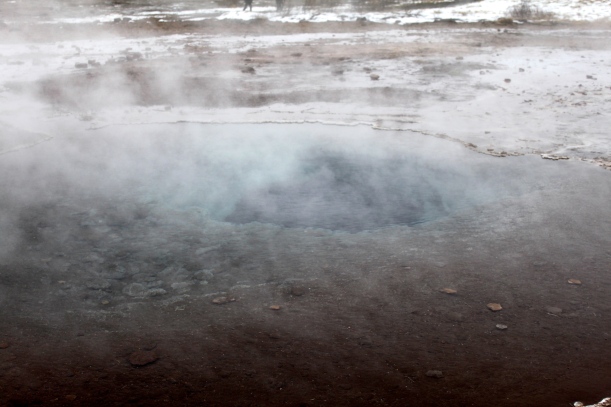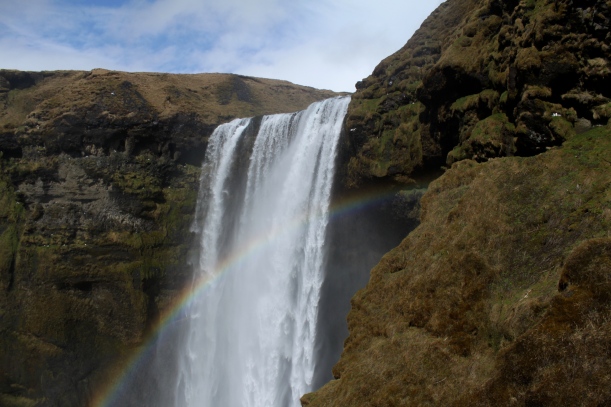Would you have guessed that Iceland grows bananas? I certainly wouldn’t have, but as I was told by a knowledgeable Icelander on my plane ride back, the geothermal heat allows greenhouses to grow almost anything on the island – including the golden plant.
The massive geothermal field at Hveragerði was used in the early 2000s in an attempt to make Iceland self-sufficient in all produce, including tomatoes, cucumbers, and bananas. According to this article, “in 2005, Icelanders each ate about 13.5 kilos of the fruit, making them the Western hemisphere’s number one per capita banana consumers, according to a report by the UN Food And Agriculture Organization” – and the import of the 4.7 million kg of fruit was blasting a hole in the foreign exchange pockets of the governments, so self-sufficiency was seen as the way out!
Indeed, this article claims that the greenhouses do produce an impressive amount of other fruit and vegetables: “over 90% of the nations cucumbers are produced on the island as are over 75% of the tomatoes and large proportions of peppers. […] The plants are pollinated by bees imported from the Netherlands.”
However, when we went grocery shopping, there was no sight of an Icelandic banana brand (Chiquita all the way) and some more googling explains why: though the geothermal fields yield a lot of heat, the short growing season and long winter months with basically no sunlight mean that the growing cycle is incredibly long – even with the eery artificial lighting seen in the picture, it took 1.5 – 2 years for a crop from each banana plant compared to just a few months in South America.
This was not known, however, when in the early 1930s and 1940s banana production was indeed seen as a viable foreign export crop, and thus initially individual Icelanders acquired a ton of plants. Crops were grown commercially until 1958 or 1959, according to Wikipedia, but then the government removed import duties and the domestic fruit were no longer able to compete. As the article continues to explain, “by the late 1940s, however, most Icelanders who had tried to grow bananas on their own simply gave up and donated their plants to the Horticultural College (that became the Agricultural University) and today, the University is still saddled with the plants. They live in a tropical greenhouse with a few orange and fig trees and the nearly one ton of bananas grown there annually are eaten only by students, faculty and visitors. Because the University is government-funded, they are not allowed to sell bananas for profit, but the bananas are definitely eaten, not burned.“

There is a persistent urban myth that Iceland is Europe’s largest producer and/or exporter of bananas, but some research shows that this is not actually the case. By political country, Spain is the largest producer – though most of their production takes place in the Canary Islands, outside of the geographical borders of Europe -, whereas according to geography Greece is leading.
Still – the fact that they actually grow things on that island is pretty impressive. And I’m sure Greece can’t compete with views such as this one:
Happy weekend everyone!

